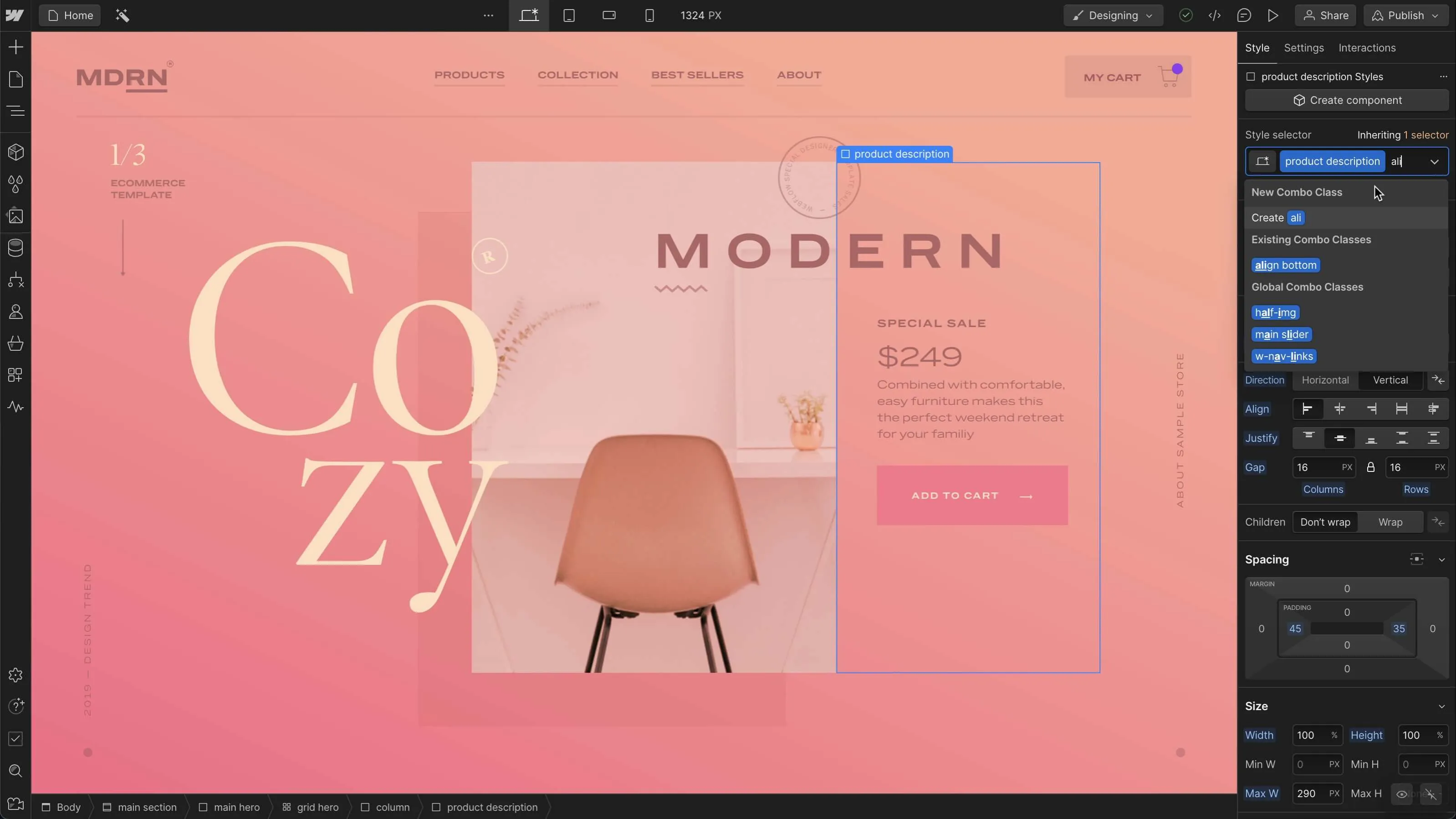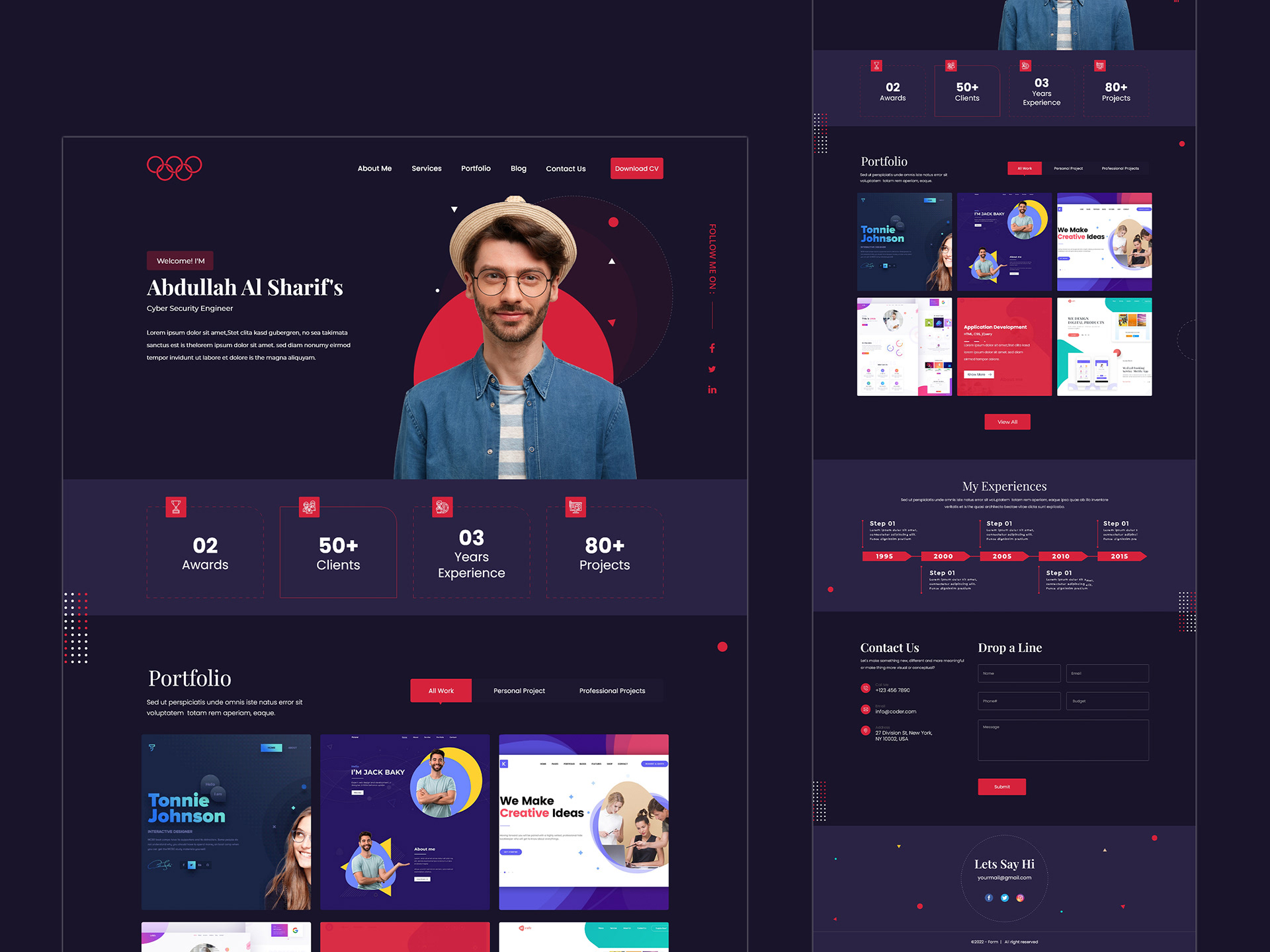Boost Your Online Visibility with Professional Website Design Services
Boost Your Online Visibility with Professional Website Design Services
Blog Article
Modern Web Site Layout That Captures Focus and Transforms
In a significantly digital landscape, contemporary site design has actually become a crucial variable in catching individual interest and driving conversions. By tactically using visual power structure, responsive formats, and engaging interactive elements, designers can create experiences that not only attract visitors however likewise promote meaningful interactions. Effective call-to-action strategies play a crucial role in guiding customers towards wanted outcomes. As we discover these important elements, it ends up being clear that recognizing their interaction can dramatically impact an internet site's efficiency and individual contentment. What are the crucial components that absolutely make a distinction?
Value of Visual Pecking Order
Aesthetic hierarchy is a crucial aspect in site style, as it overviews users' attention and boosts their general experience. By strategically organizing material, designers can route users to the most vital info initially, thus increasing involvement and enhancing usability.
Integrating a sensible flow in content plan is vital; for instance, putting one of the most important information at the top of a web page promotes immediate recognition. Furthermore, consistent use of typography, such as differing font dimensions and styles, aids establish a clear web content framework. This organization not just aids in navigation however additionally constructs count on, as customers really feel much more comfy when they can easily find what they are seeking.
Inevitably, a well-executed visual power structure not only enhances aesthetic appeal yet also substantially influences customer behavior. By focusing on essential elements and guaranteeing a seamless experience, designers can successfully transform site visitors into consumers, reinforcing the significance of this foundational design principle in modern-day website development.
Responsive Design for All Devices
Developing a seamless experience across numerous tools is essential in today's digital landscape, where users access sites from tablets, desktop computers, and smart devices alike. Receptive style is a critical strategy that ensures sites adjust fluidly to various screen positionings, resolutions, and sizes. By utilizing adaptable grids, pictures, and CSS media queries, developers can produce designs that maintain aesthetic integrity and functionality, no matter the tool being utilized.
The importance of receptive style prolongs beyond aesthetics; it directly influences individual engagement and conversion prices. An internet site that works well on all devices urges longer sees and reduces bounce prices, as customers are more probable to communicate with web content that is very easy to browse. Furthermore, internet search engine, especially Google, focus on mobile-friendly websites in their rankings, making responsive style an essential part of seo (SEARCH ENGINE OPTIMIZATION)
Integrating receptive design not only boosts user experience however also simplifies the advancement process. By creating a single site that works across tools, organizations can save time and resources compared to creating separate mobile and desktop versions. Inevitably, responsive style is an essential approach for modern-day internet site design, making sure availability and complete my site satisfaction for all individuals, no matter their tool.
Involving Interactive Components
While a receptive style prepares for a useful website, incorporating engaging interactive aspects is essential for capturing individual interest YOURURL.com and cultivating much deeper links. Website Design. Interactive aspects, such as animations, quizzes, and clickable infographics, create a more vibrant user experience, encouraging site visitors to invest even more time on the site
Incorporating interactive features can also lead individuals with complex details, making it less complicated to absorb material. Interactive sliders can show product variants, while embedded videos can offer demonstrations or testimonials that resonate even more than static photos or text. Furthermore, gamification methods, like rewards for engaging or completing jobs with content, can boost customer motivation and retention.
Effective use of interactive elements not only improves the user experience however can likewise lead to greater conversion prices. It is necessary to balance interactivity with performance; overly complex features may impede site speed, negatively affecting customer complete satisfaction.
Streamlined Navigation Practices
Effective navigating is a foundation of any type of successful web site, as it straight influences individual experience and material access. Structured navigating techniques ensure that users can easily situate details, enhancing their communication with the website. A well-structured navigating menu need to be simple and intuitive, generally including a minimal number of key groups to stay clear of overwhelming site visitors.
To attain streamlined navigating, developers should focus on a hierarchical structure that rationally organizes web content. Carrying out breadcrumb routes can supply users with context concerning their present place within the site, allowing for smooth backtracking. Additionally, visit the website utilizing drop-down menus can properly save space while still supplying access to subcategories.
Receptive layout is vital, as navigation should be practical throughout all gadgets (Website Design). Mobile customers, in particular, take advantage of touch-friendly menus and retractable sections that maintain use without jeopardizing looks

Reliable Call-to-Action Strategies
A well-crafted call-to-action (CTA) is vital for guiding individuals toward preferred results on a web site, as it motivates them to involve with content or purchase. To optimize their effectiveness, CTAs must be clear, compelling, and tactically placed throughout the website.
First, use action-oriented language that interacts necessity or value, such as "Get Started," "Join Currently," or "Case Your Discount." This language not just inspires individuals yet also establishes clear assumptions about the next actions.
2nd, consider design components; CTAs must stand out aesthetically with contrasting shades, sufficient whitespace, and famous positioning. A switch that is easy to see and click increases the likelihood of individual communication.
In addition, personalizing CTAs based on user behavior or demographics can significantly enhance interaction. Customized messages resonate much more with individuals, driving greater conversion prices.

Conclusion
These parts jointly improve individual experience, making certain that site visitors continue to be involved and inspired to explore content even more. By prioritizing these design concepts, services can dramatically improve user retention and conversion prices, eventually leading to higher success in the digital landscape.
In a progressively digital landscape, modern internet site style has arised as an essential aspect in catching user focus and driving conversions.Visual hierarchy is a vital aspect in site layout, as it guides users' focus and boosts their total experience.The importance of receptive design prolongs beyond visual appeals; it straight affects user interaction and conversion rates.Including responsive style not only boosts individual experience but likewise enhances the development process. Ultimately, receptive design is a basic approach for modern-day web site layout, making sure accessibility and fulfillment for all individuals, no matter of their device.
Report this page